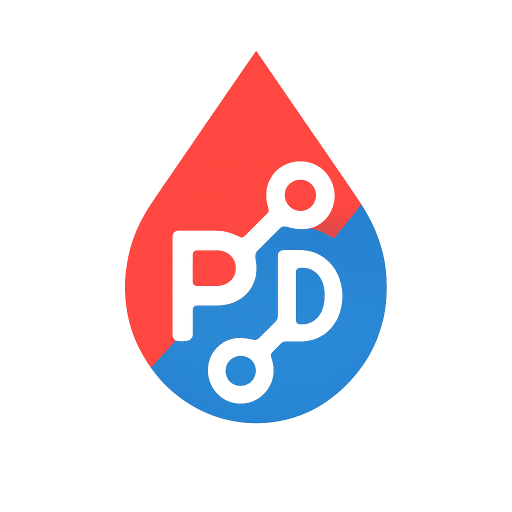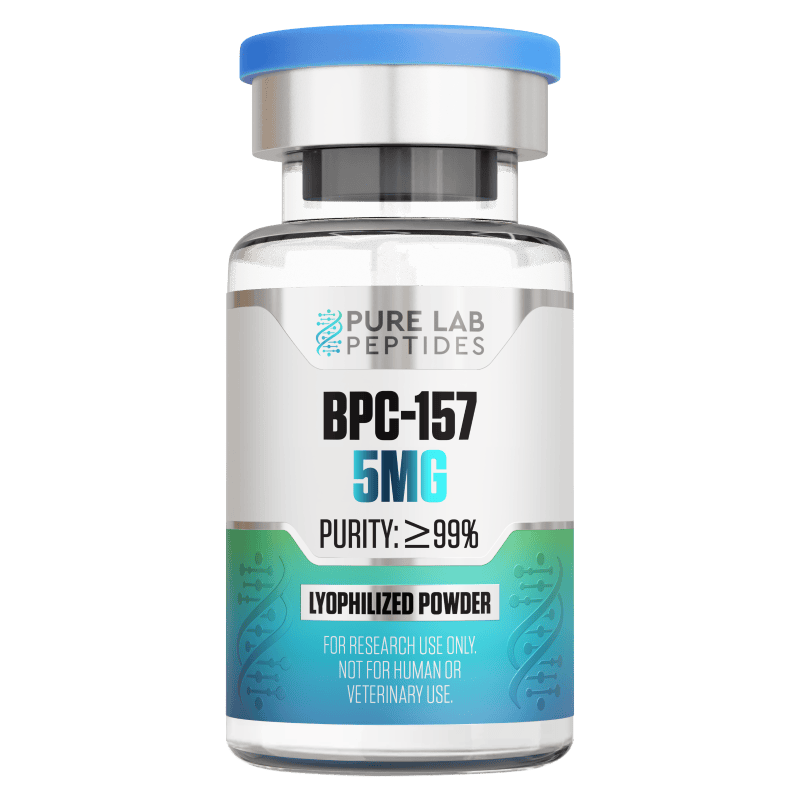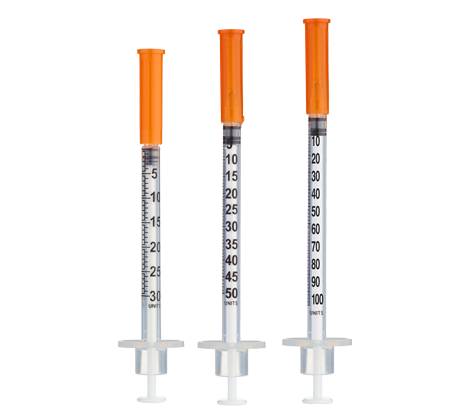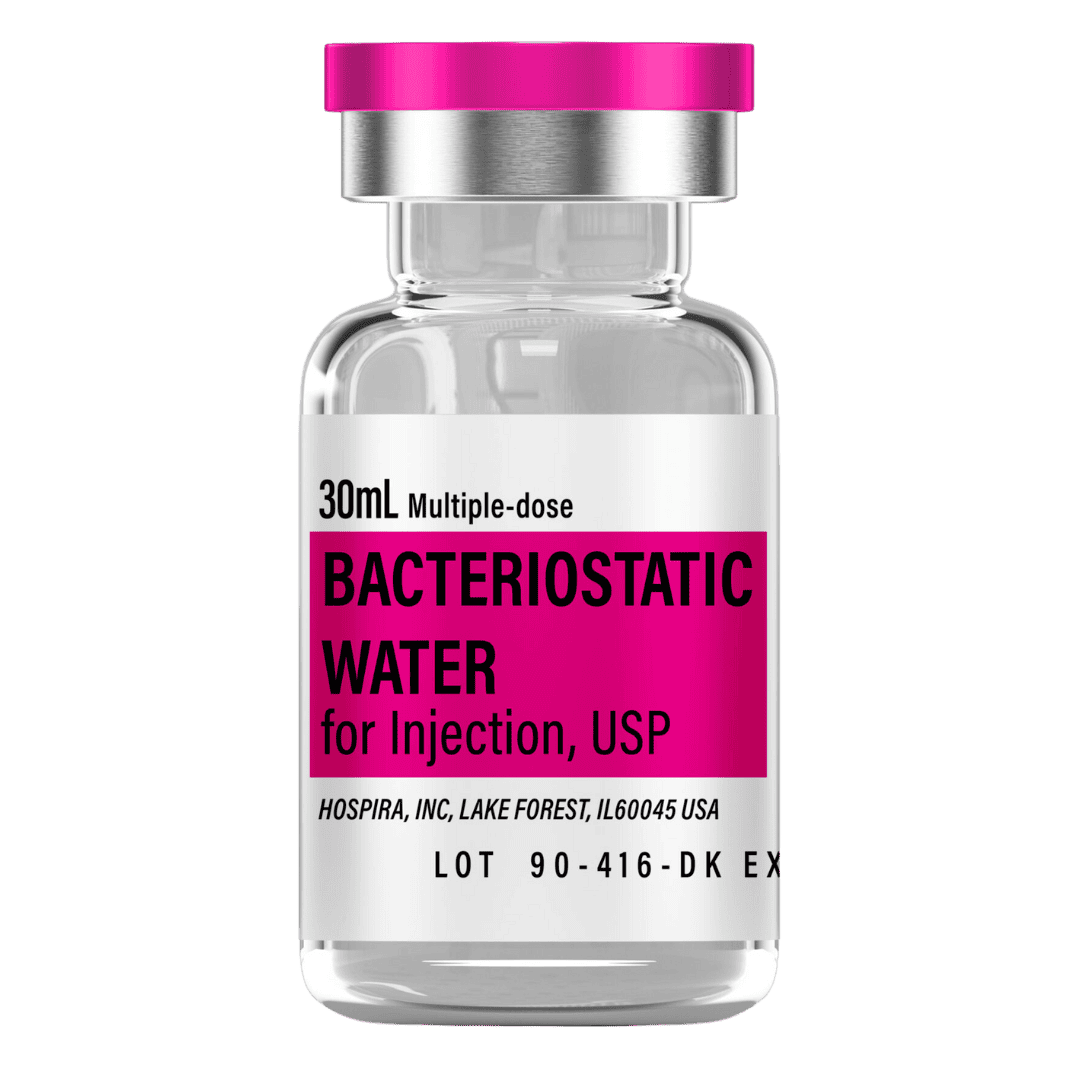BPC-157 (5mg Vial) Dosage Protocol
Quickstart Highlights
BPC-157 5mg dosage protocol is often referenced for supporting tissue repair, aiding recovery from injuries, and potentially promoting gastrointestinal health through regular subcutaneous or intramuscular injections.
- Typical daily dose ranges from 300–500 mcg
- Often administered 1–2 times per day for 4–8 weeks
- Higher dosing protocols (500–750 mcg, 2–3x daily) are considered more “advanced”
- Reconstitute to achieve a practical injection volume (avoid extremely low syringe units)
- Store lyophilized in the freezer; reconstituted in the refrigerator
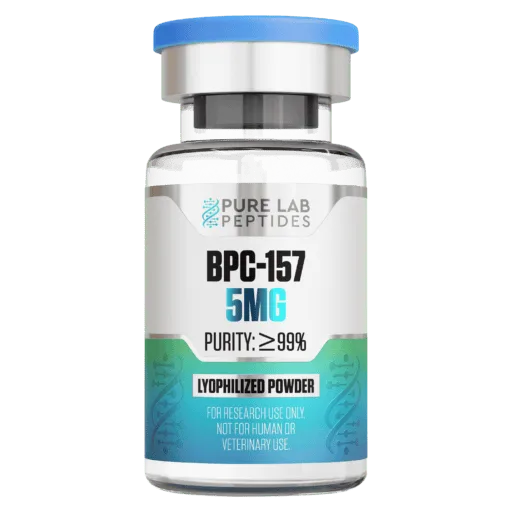
Dosing & Reconstitution Guide
Educational guide for reconstitution and dosing protocol
Standard / Gradual Approach (3 mL = ~1,667 mcg/mL)
| Week | Daily Dosage (mcg) | Units (per injection) |
|---|---|---|
| Weeks 1–4 | 300 mcg (1× daily) | ~18 units |
| Weeks 5–8 | 500 mcg (1× daily) | ~30 units |
For a more moderate daily regimen, reconstitute with 3 mL of bacteriostatic water to achieve a concentration of roughly 1,667 mcg/mL.
- Draw 3.0 mL of bacteriostatic water into a sterile syringe.
- Inject the water slowly along the vial wall to reduce foam.
- Gently swirl—avoid vigorous shaking.
- Store the reconstituted solution at 2–8 °C (refrigerator), protected from light.
Advanced / Aggressive Approach (2 mL = ~2,500 mcg/mL)
| Week | Daily Dosage (mcg) | Units (per injection) |
|---|---|---|
| Weeks 1–4 | 500 mcg (2× daily) | ~20 units |
| Weeks 5–8 | 750 mcg (2× daily) | ~30 units |
Recommended for those referencing higher BPC-157 dosing schedules. Reconstitute with 2 mL to reach ~2,500 mcg/mL. Each injection volume remains within a manageable range on a 100-unit insulin syringe.
- Draw 2.0 mL of bacteriostatic water into a sterile syringe.
- Slowly inject the water to minimize foam.
- Gently roll/swirl the vial—avoid vigorous shaking.
- Store the reconstituted solution at 2–8 °C (refrigerator), protected from light.
Protocol Overview
A concise summary of daily use for tissue repair and healing support.
- Goal: Enhance recovery and healing processes
- Schedule: Daily subcutaneous or intramuscular injections for 4–8 weeks
- Dose Range: Typically 300–500 mcg/day; advanced up to 750 mcg multiple times daily
- Reconstitution: Use ~2–3 mL for easy measuring (1,667–2,500 mcg/mL)
- Storage: Keep lyophilized vials frozen; refrigerate after reconstitution
Dosing Protocol
Suggested daily injection approach based on common reference doses.
- Daily Dose: Start around 300 mcg; gradually adjust as needed
- Frequency: 1–2 injections per day (increasing frequency for advanced protocols)
- Cycle Length: Typically 4–8 weeks (some may extend up to 12 weeks)
- Maximum Dose: Up to ~750 mcg per injection, multiple times daily, per advanced references
- Timing: Space injections evenly; consistency is key
Storage Instructions
Proper storage ensures peptide integrity.
- Lyophilized: Freeze until mixing (−20°C)
- Reconstituted: Refrigerate at 2–8°C
- Use within 30 days of reconstitution
- Avoid repeated freeze-thaw cycles
Supplies Needed
Ensure you have these on hand for a 4–8 week cycle.
- Peptide Vials:
• 4 wks ≈ 1 vial
• 8 wks ≈ 2 vials
(More if using higher doses or extending duration) - Insulin Syringes:
• 1 per injection day (e.g., 8 wks ≈ 56 for once-daily) - Bacteriostatic Water: 1× 30 ml
- Alcohol Swabs: 1 box
Important Notes
Practical tips to enhance safety and efficacy.
- Always use sterile insulin syringes & rotate injection sites.
- For higher frequency injections, split doses throughout the day.
- Observe for adverse reactions; consult a professional if concerns arise.
- Track progress through the protocol; consider cycling off after 8 weeks if needed.
How This Works
BPC-157 (Body Protection Compound-157) is a synthetic peptide derived from a protein found in the stomach, with potential tissue repair and anti-inflammatory properties.
- Injury Recovery Support: May promote tendon and ligament healing
- Protective Effects: Reported to aid gastrointestinal lining maintenance
- Mechanisms still under study; clinical human data is limited
Potential Benefits & Side Effects
Many users report enhanced healing and reduced inflammation, though results can vary.
- Potential accelerated tissue repair and recovery
- Possible GI protective effects
- Side effects may include injection-site discomfort, headache, or nausea
- Long-term human data remains limited; caution and monitoring are advised
Lifestyle Factors
Complementary strategies for maximum benefit.
- Maintain a balanced diet with sufficient protein intake
- Incorporate regular activity and allow proper rest for tissue repair
- Manage stress and ensure adequate sleep
Injection Technique
Simple guidelines for safe daily injections.
- Clean vial rubber stopper & injection site with alcohol swabs
- Insert needle at a 45–90° angle into subcutaneous tissue
- Inject slowly & rotate sites (abdomen, thigh, etc.)
Recommended Source
We recommend Pure Lab Peptides for high-purity BPC-157 + TB-500 blend.
Why Pure Lab Peptides?
- Verifies ≥99% purity through independent lab testing
- Trusted by researchers seeking reliable results
- Follows rigorous manufacturing standards for consistent quality
Important Note
This guide is for educational purposes only. Always consult a qualified healthcare provider before starting or modifying any therapy.
References
-
UW.edu SCNIR Resource
– Dosing reference from a university site -
PubMed Central (PMC)
– BPC-157 healing properties study -
PubMed Central (PMC)
– BPC-157 research on tissue repair -
PubMed Central (PMC)
– Collagen regeneration potential -
PubMed
– BPC-157 pharmacokinetic overview -
JDAPM Journal
– Journal of Dental Anesthesia & Pain Medicine -
World J Gastroenterology
– BPC-157 GI protection study -
PubMed Central (PMC)
– Wound healing efficacy data -
PubMed
– BPC-157 tendon regeneration study -
NIBSC
– Peptide storage standards -
Sigma Aldrich Tech Article
– Handling & storage guidelines
